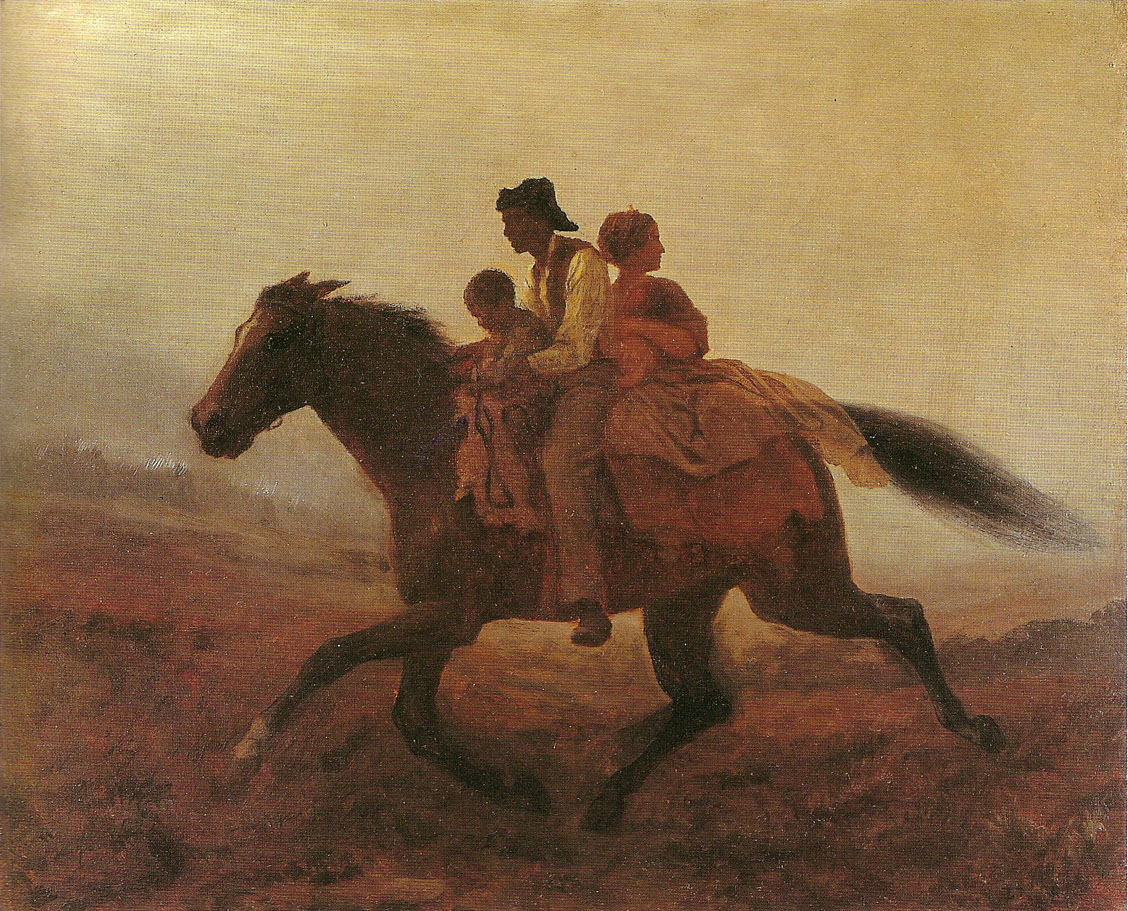Damien Hirst finally makes something recognizable as art, and the chattering classes hate it.
 |
|
From Treasures from the Wreck of the Unbelievable by Damien Hirst. All images lifted from the internet without attribution because, hey, it’s 2018 and that’s how we roll now.
|
One of my former students now works in the workshop of a famous artist. This artist does not create his own work. His ideas are executed by a staff of artisans. He has a factory in Manhattan, a workshop in New Jersey, and hires specialists elsewhere as needed. He pays his artists about twice the minimum wage, and has a cadre of middle-managers and designers. He himself has no technical skills. “I’m the idea person,” he has said. His most expensive work sold in the aftermarket for just under $60 million, but you can buy copies on Etsy for $35. The work is so banal as to be uncopyrightable.
The artist’s workshop was standard practice for European artists from the Middle Ages until the 19th century. Sometimes these were family based, which is why we had women painters like Artemisia Gentileschi—she studied with her father and was better than the boys.
 |
|
From Treasures from the Wreck of the Unbelievable by Damien Hirst.
|
But these workshops were guild-regulated, and had a strict quid pro quo: young apprentices worked in exchange for their room, board and training. Consider the early career of Raphael: he was taken into the workshop of Umbrian master Pietro Perugino at a very young age, perhaps as young as eight. By 17, he was qualified to hang out his own shingle as a master painter.
The modern workshop, however, is not designed as a teaching mechanism; it’s a factory for expensive, branded artwork.
Damien Hirst was the most prominent member of the group known as Young British Artists (YBA) These were the bad boys of British Art in the late 1980s. All attended Goldsmiths, all were discovered by Charles Saatchi. Hirst had a rocky start, barely getting into art school at all.
Hirst became famous for a formaldehyde-preserved shark called The Physical Impossibility of Death in the Mind of Someone Living, which sold for something greater than $8 million. Like the artist I mentioned above, Hirst is sometimes accused of plagiarism. The shark, for example, may have ‘quoted’ the window display of a Shoreditch electrical supply shop. Once again, the problem is that the ideas are too banal to be owned.
 |
|
From Treasures from the Wreck of the Unbelievable by Damien Hirst.
|
With the new millennium has come reassessment. Hirst’s prices have slumped. He has responded with a comeback show, Treasures from the Wreck of the Unbelievable, sprawling across two museums in Venice. It is an enormous fantasy based on the supposed discovery of a sunken ship. It includes its own movie.
It’s been panned by the cognoscenti. “Insipid,” wroteTiernan Morgan. “[U]ndoubtedly one of the worst exhibitions of contemporary art staged in the past decade,” wroteAndrew Russeth. “[A] spectacular, bloated folly, an enormity that may prove the shipwreck of Hirst’s career,” wroteAlistair Sooke. Hirst has been accused of plagiarizing the sunken artwork of Jason deCaires Taylor, which, considering the history of the YBA, is downright laughable.
This former darling of the British art world obviously cheesed someone off.
|
From Treasures from the Wreck of the Unbelievable by Damien Hirst.
|
Unlike those reviewers, I don’t get a free trip to Venice to see the show in situ, so I looked at pictures online. That’s no way to experience art, but to me, it seemed audacious, witty, absurd and well-crafted (albeit by someone other than Hirst). In short, it was all the things Hirst never succeeded at when he was famous and feted.
While I was pondering his fall from grace, I was preparing for a studio visit of my own, the net to be calculated in hundreds, rather than millions, of dollars. I emptied the trash and cleaned the toilet, and the juxtaposition made me smile.



